DOHC Vs. SOHC – What’s the Difference Between Them
These two terms are very confusing if you are in the automobile market and looking for an engine. The two terms are utilized with respect to the camshaft. There are some huge contrasts between these two kinds of arrangements.
Before you settle on which to pick DOHC versus SOHC, you have to comprehend what they mean and how they work.
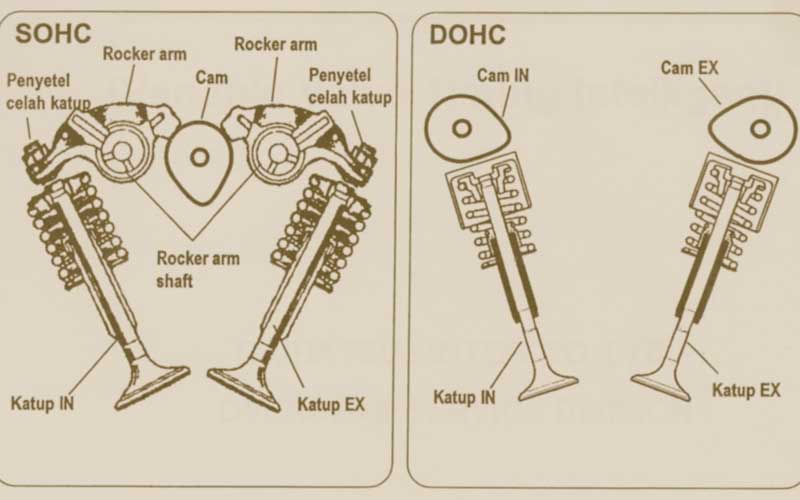
What is a Camshaft?
Before we attempt to clarify the contrasts between a SOHC (Single Overhead Camshaft) and DOHC (Dual Overhead Camshaft) arrangement, for the good of the uninitiated, we should attempt to comprehend what the obligations of a Camshaft are.
Inside an inner ignition motor (regardless of whether it is air-cooled, oil-cooled or fluid cooled), a Camshaft is a turning around and hollow pole with various elliptical projections which jut from it.
With each pivot, the distinctively situated flaps first push the admission valve(s) to enable air inside the chamber to blend in with the fuel and combust, and afterwards, the fumes valve(s) for the resultant gases to getaway.
In current cruiser motors, valve springs give the arrival power to the valves to destroy back to their shut position once the flap pivots away. At the point when a solitary camshaft oversees both admission and fumes valves, the arrangement is ordinarily known as SOHC.
Then again, when there are two committed camshafts, one to push the channel valves and the other to push the ones which let the gases escape from the chamber after ignition the arrangement is called DOHC. In the two examples, the camshaft is situated over the valves for progressively precise activation.
Over Head Valve (OHV)
There’s likewise another arrangement called OHV (Over Head Valve) which is conventional, less proficient than the other two and is once in a while received nowadays.
In an OHV plan, the camshaft is introduced inside the motor square and valves are worked by lifters, pushrods and rocker arms. For this very reason, an OHV motor is otherwise called a “pushrod” motor.
The primary inconvenience of an OHV configuration is that it’s hard to correctly control the valve timing at high rpm due to the higher idleness brought about by a bigger measure of valve train segments.
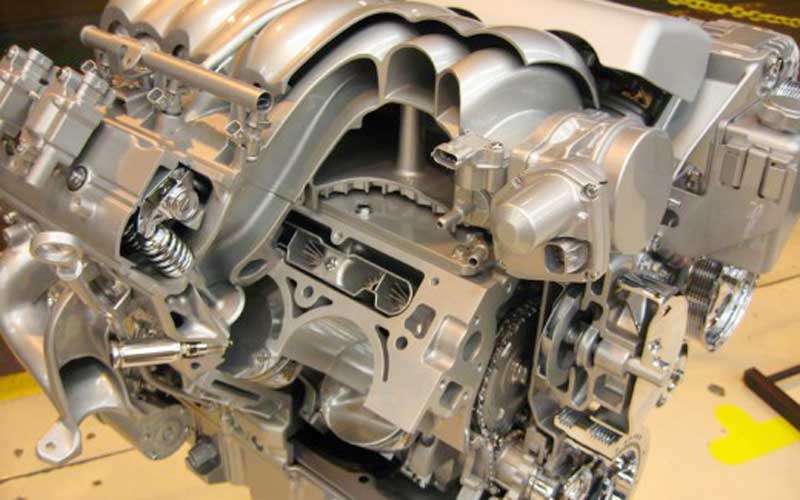
This makes an OHV configuration more qualified for motors with huge volume which offer higher torque at lower RPMs.
With the essentials off the beaten path, let us currently comprehend what the favorable circumstances and hindrances of utilizing a SOHC or a DOHC arrangement are.
Single Overhead Camshaft (SOHC) – A Brief
A SOHC arrangement commonly permits 2 or 3 valves for every chamber design, where normally, one valve enables air to enter, and the different enables gases to getaway. In any case, a maker’s designing ability can likewise permit four valves for every chamber arrangement utilizing SOHC.
Such an arrangement takes into consideration more wind current than two valves for each chamber, as there is a bigger open region for the air to enter the chamber and gases to escape when the valves are open. Model: The TVS Apache RTR 200 4V.
Since the mass of the valvetrain is lesser in such a design, a SOHC 4 valve motor would have better torque towards the low end.
In correlation, due to the higher mass of the valvetrain, a DOHC arrangement will deliver lower measures of torque at first with the same number of valves, yet the top-end execution will be better.
The other bit of leeway of two valves for each chamber arrangement is the decrease of parts, which spares cost and intricacy. The structure additionally will, in general, be better for low and mid-extend torque as the wind current is quicker at these motor speeds because of a progressively confined stream.
In any case, a SOHC arrangement implies that the Camshaft is typically put in the head which denies the sparkle plug its optimal area.
Dual Overhead Camshaft (DOHC) – A Brief
DOHC was acquainted with improve the volumetric proficiency of an interior ignition motor, the aftereffect of which is all the more dominant. With this plan, camshafts can be introduced further separated from one another.
This enables the admission valves to be at a bigger point from the fume’s valves, which brings about a more straightforward wind stream through the motor with less impediment.
As it were, a DOHC motor can inhale better and, in this way, produce more strength out of littler motor uprooting. Likewise, it is simpler to actualize effectiveness improving advancements like Variable Valve Timing in a DOHC motor.
A DOHC arrangement permits simple execution of a four-valve for each chamber design. The greater part of the occasions, it enables the motor to fire up higher.
It likewise takes into account the valves to be set in an enhanced arrangement for most extreme execution.
A DOHC, four valves for every chamber setup permit better wind current at high motor velocities, bringing about better top-end control.
DOHC motors likewise permit the sparkle attachment to be put directly in the center of the ignition chamber which thus advances productive burning.
The hindrance of such an arrangement is more weight, greater expenses and furthermore the way that driving two camshafts requires more parts.
To summarize it, a 4 Valve for every chamber SOHC motor with a lighter valvetrain mass would have better execution qualities at the lower end of the powerband.
Be that as it may, at higher motor speeds, a DOHC arrangement with its higher valvetrain mass and the same number of valves per chamber will create higher pinnacle torque and drive.
Which should I choose – DOHC or SOHC?
Camshafts in looking at the pros and cons of the two, we are going to analyze them based on various factors like fuel efficiency, valve operation, and the general operation. Valve operation differs a lot in the DOHC.
The value chain consists of lifters, rockers, camshafts, and springs. It is estimated that the valve will open at a rate of 25 times per second when you accelerate at over 3,000 rpm.
The crankshafts drive the cams through a timing belt or chain. Should you have, problems with the timing belt/chain and they snap the pistons will suddenly drop on the open valves and destroy them.
Valve timing in DOHC and SOHC
The internal combustion engine operates through the ignition of the fuel/air mixture. This moves the pistons – which are attached to the crankshaft – and the car moves. The ignition process requires accurate timing of the fuel injection and the removal of exhaust gases.
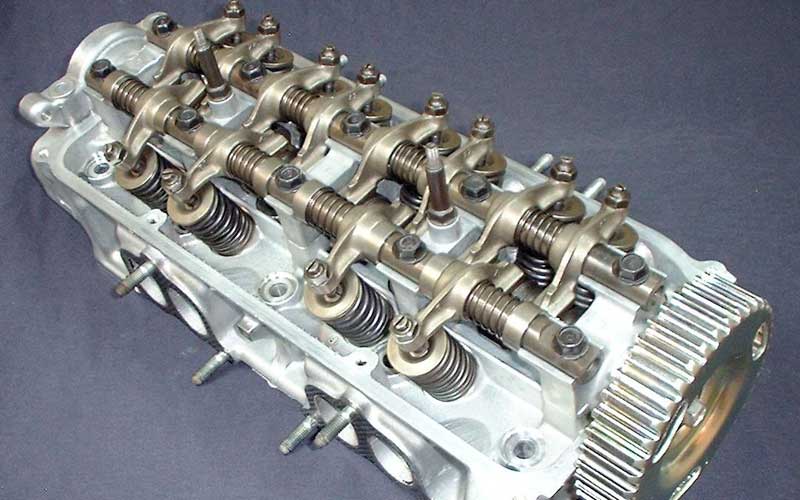
The angle of the camshaft will influence the timing of the intake and outtake gases. The better the timing, the more horsepower you get from your car.
SOHC engine has been around for many years, but they have the disadvantage of having less control over the valve timing than the DOHC.
While the configuration of the valves in the DOHC is enhanced, it comes with extra costs and makes the car heavier.
Most engines with DOHC have enhanced performance when compared with SOHC because you can attach more valves per cylinder.
Noise-free rides in DOHC
The benefit of using the DOHC is that you have multiple valves controlling the intake and exhaust. A double camshaft has dedicated valves for inlet and outlet; this leads to the smooth transmission and a noise-free ride.
Fuel efficiency in DOHC and SOHC
In each DOHC head, you have a double set of valves. Enhanced control of the valves leads to efficient use of fuel and this, in turn, improves performance.
However, other factors play a role when it comes to fuel efficiencies like the age of the car, the experience of the driver and gear transmission.
Before the introduction of the DOHC, the SOHC was referred to as the OHC (Overhead camshaft).
In the SOHC the camshaft is situated above the cylinder head with the valve’s overhead. The shim located between the valve stem and the cam lobe regulates the opening and closing of the valves.
Typical SOHC engines often have two or three valves per cylinder. In the DOHC, you have two camshafts that translate to two cams per cylinder head. in this case; you can have four valves per cylinder. The downside of having two camshafts and more valves is that it adds weight to the car.
Spark Plugs in DOHC and SOHC
Another difference in DOHC vs SOHC is that you can locate the spark plugs in the centre of the combustion chamber.
The result is fuel efficiency through enhanced combustion. In SOHC the camshaft operates both the intake and exhaust and therefore has to be placed in the middle of the combustion chamber.
This means the spark plugs are not strategically located, and this hinders their performance.
Performance Comparison
Golf camshaft SOHC engine with 16 valves produces better torque than a DOHC with the same number of valves due to the DOHC engine additional weight. But the DOHC will produce more horsepower at higher speeds.
The SOHC has better low-end torque while the DOHC has more top-end power when the two hold the same number of valves.
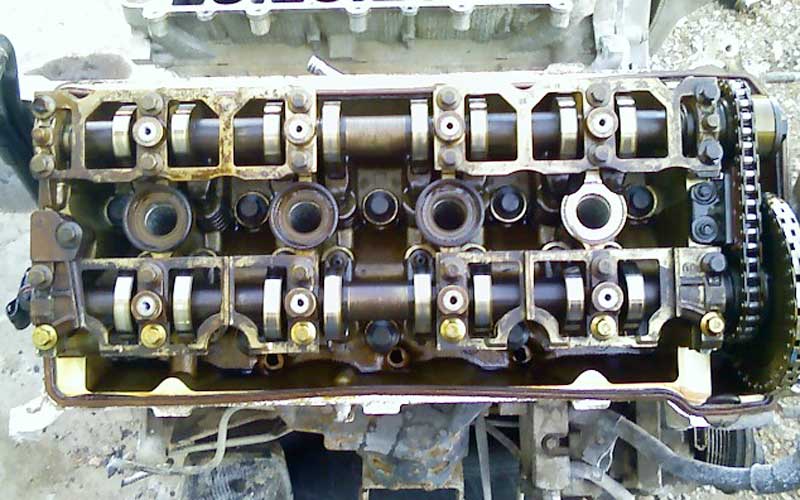
Technological advancement in valve timing favours the DOHC engine. Studies show that at low rpm the number of valves does not significantly influence performance, but when the shift to the next gear an engine with more valves performs better.
The hindrance to having more valves is the additional weight. You have to change the valve springs and make them stiffer.
This, in turn, creates more valve pressure which means the energy is spent to counteract the added pressure. Smaller valves at low rpm induce lower intake velocity because a large valve means less pressure is going to the valves.
Read Also: 15 Best All Terrain Tire for Snow/Mud
So which camshaft should you opt for?
The SOHC has a solitary camshaft while the DOHC has twofold camshafts. The DOHC motor empowers the vehicle to have more valves per chamber.
You can likewise assign one camshaft to convey the admission valves and the other the fumes valves. The DOHC is synonymous with new valve timing advancements.
This has prompted better eco-friendliness when contrasted with the SOHC. The greater part of more seasoned vehicle models will, in general, have SOHC while present-day autos use the DOHC.
The DOHC effective valve timing has brought about calm motors when contrasted with SOHC. The additional valves prompted upgraded execution, however, made the vehicle be heavier.
At low torque, a SOHC produces a similar power as a DOHC; however, as you increment the rpm, you will see more power with the DOHC.
Final Thoughts
This has prompted numerous individuals reasoning that it doesn’t make a difference in the number of valves that you have in the event that you can accomplish a similar number with either a DOHC or SOHC. Mechanical progression has seen the inclination of the DOHC motor instead of the SOHC.


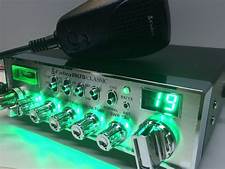



Post Comment